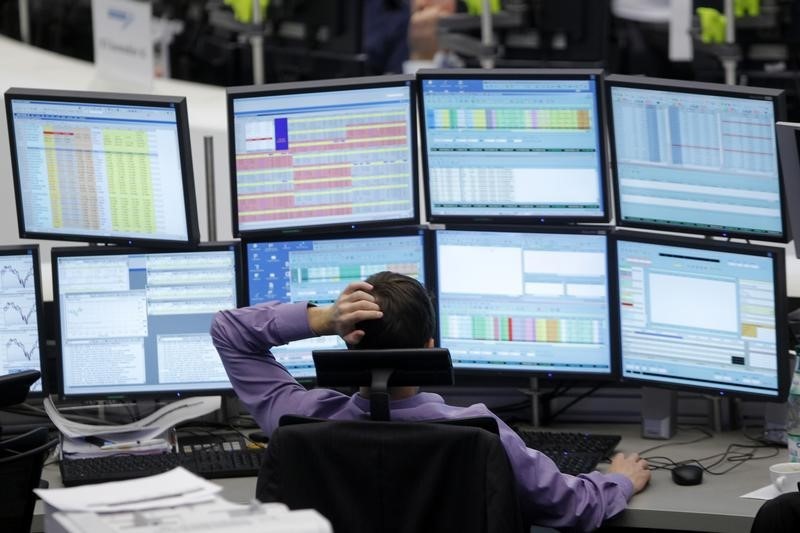The economic policies of Donald Trump’s administration have generated considerable debate and speculation regarding their potential impacts on global trade and the economy. With a focus on America’s trade relationships, the initiation of trade wars, and renegotiation of trade agreements, the “Trump trade” has had far-reaching implications that have both supporters and critics. In this article, we will delve into the economics of the Trump trade and explore various aspects of its effects.
One of the key pillars of Trump’s economic policies was his aggressive stance on trade, particularly with China. The imposition of tariffs on Chinese goods, aimed at reducing the trade deficit and protecting American industries, was a defining feature of the Trump trade. While supporters argue that this approach was necessary to correct unfair trade practices and safeguard American jobs, critics pointed out the potential negative consequences, such as increased costs for consumers and retaliatory measures from trading partners.
The impact of the Trump trade on the U.S. economy was multifaceted. On one hand, the protectionist measures were intended to promote domestic manufacturing and reduce reliance on imports. This approach resonated with those who felt that previous trade policies had disadvantaged American workers and hollowed out industries. However, the broader economic effects were more nuanced. The uncertainty created by trade tensions, fluctuations in financial markets, and disruptions to global supply chains were among the challenges faced by businesses and investors.
Bank of America (BofA) played a crucial role in analyzing and interpreting the economic implications of the Trump trade. Through research reports and expert analysis, financial institutions like BofA provided valuable insights into the market reactions and potential risks associated with the changing landscape of global trade. Their assessments helped businesses and investors navigate the uncertainties and make informed decisions in the face of evolving trade policies.
The Trump trade also had ripple effects beyond the U.S. economy. As the world’s largest economy, any significant shifts in American trade policies reverberated across the globe. Countries that were heavily reliant on exports to the U.S., such as China and Mexico, had to reassess their trade strategies and explore alternative markets. The reconfiguration of global trade dynamics underscored the interconnectedness of economies and the importance of collaborative approaches to addressing trade imbalances.
In conclusion, the economics of the Trump trade reflected a mix of protectionism, economic nationalism, and strategic maneuvering in the realm of global trade. While the intentions behind the policies were to safeguard American interests and revitalize domestic industries, the implications were complex and often contested. As the Biden administration takes office, the trajectory of U.S. trade policies is likely to shift, marking a new chapter in the ongoing debate over the role of protectionism, free trade, and global economic cooperation.



